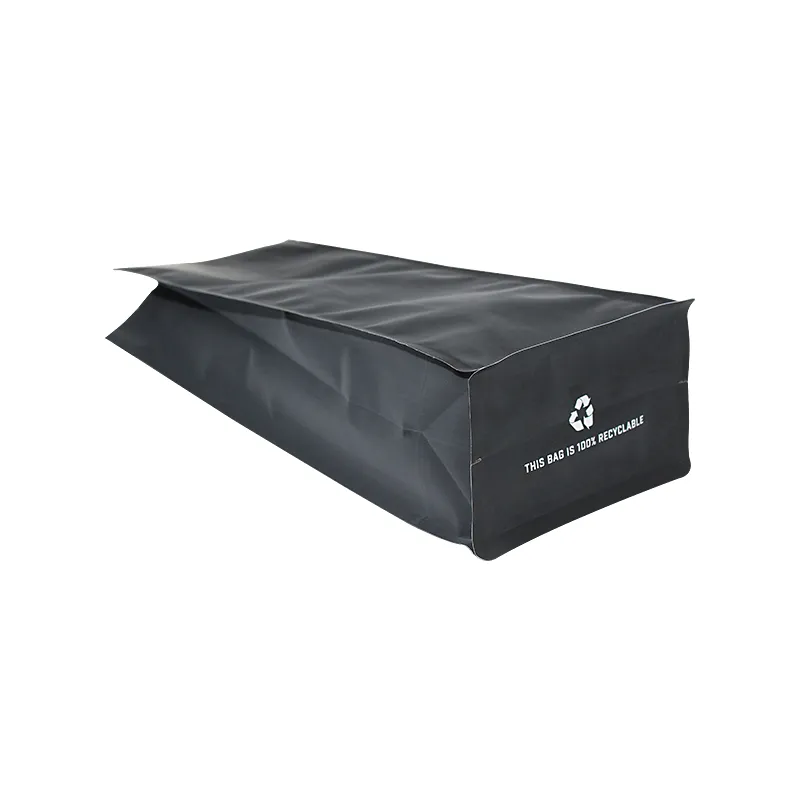- Afrikaans
- Albanian
- Amharic
- Arabic
- Armenian
- Azerbaijani
- Basque
- Belarusian
- Bengali
- Bosnian
- Bulgarian
- Catalan
- Cebuano
- chinese_simplified
- chinese_traditional
- Corsican
- Croatian
- Czech
- Danish
- Dutch
- English
- Esperanto
- Estonian
- Finnish
- French
- Frisian
- Galician
- Georgian
- German
- Greek
- Gujarati
- haitian_creole
- hausa
- hawaiian
- Hebrew
- Hindi
- Miao
- Hungarian
- Icelandic
- igbo
- Indonesian
- irish
- Italian
- Japanese
- Javanese
- Kannada
- kazakh
- Khmer
- Rwandese
- Korean
- Kurdish
- Kyrgyz
- Lao
- Latin
- Latvian
- Lithuanian
- Luxembourgish
- Macedonian
- Malgashi
- Malay
- Malayalam
- Maltese
- Maori
- Marathi
- Mongolian
- Myanmar
- Nepali
- Norwegian
- Norwegian
- Occitan
- Pashto
- Persian
- Polish
- Portuguese
- Punjabi
- Romanian
- Russian
- Samoan
- scottish-gaelic
- Serbian
- Sesotho
- Shona
- Sindhi
- Sinhala
- Slovak
- Slovenian
- Somali
- Spanish
- Sundanese
- Swahili
- Swedish
- Tagalog
- Tajik
- Tamil
- Tatar
- Telugu
- Thai
- Turkish
- Turkmen
- Ukrainian
- Urdu
- Uighur
- Uzbek
- Vietnamese
- Welsh
- Bantu
- Yiddish
- Yoruba
- Zulu
how thick is cardboard
How Thick is Cardboard?
Cardboard is a ubiquitous material that is found in homes, businesses, and industries around the world. It is primarily used for packaging, shipping, and crafting, but its versatility extends far beyond that. One of the most commonly asked questions about cardboard is, “How thick is cardboard?” The answer to this question is not straightforward, as cardboard comes in various types and thicknesses, each serving specific purposes.
Types of Cardboard
There are several types of cardboard, but the most common are single-wall cardboard, double-wall cardboard, and triple-wall cardboard. Single-wall cardboard is often used for lightweight packages, while double-wall cardboard provides greater strength and durability for heavier shipments. Triple-wall cardboard, as the name suggests, consists of three layers of flute, making it the heaviest and thickest option available.
Measuring the Thickness
The thickness of cardboard is generally measured in “points” or mils. One point is equal to one-thousandth of an inch, while a mil is equal to one-thousandth of an inch as well. For example, standard single-wall cardboard typically measures between 0.12 inches (12 points) to 0.25 inches (25 points) thick. Double-wall cardboard usually ranges from 0.25 inches to 0.35 inches. Triple-wall cardboard can range from 0.35 inches to 0.50 inches or more.
Factors Affecting Thickness
Several factors can influence the thickness of cardboard, including the type of fluting, the liner material, and the manufacturing process. Fluting refers to the wavy layer between the outside liner of the cardboard, which provides cushioning and strength. The combinations of different types of fluting and liners can drastically change the overall thickness and durability of the cardboard.
how thick is cardboard

For instance, Kraft paper is one of the most common liner materials for cardboard. Its high strength and durability make it an excellent choice for boxes subject to significant weight or pressure. Recycled paper, on the other hand, is often lighter and may result in thinner cardboard that is cheaper but less durable.
Applications of Cardboard Thickness
Different thicknesses of cardboard serve various applications depending on the required strength and durability. Single-wall cardboard is perfect for items that are lightweight, such as clothing or books, while double-wall cardboard is ideal for heavier items like electronics or fragile goods, providing necessary protection during transit. Triple-wall cardboard, being the thickest, is often used for industrial applications, where bulkier items or a large number of products need to be shipped together.
In addition, the thickness of cardboard can also determine how well it can be printed or shaped. Thicker cardboard may be more challenging to fold or bend, while thinner options can be easily manipulated, making them suitable for intricate designs or custom packaging.
Environmental Considerations
As the world becomes increasingly aware of environmental issues, the production and disposal of cardboard have come under scrutiny. Many manufacturers are turning to sustainable materials and eco-friendly processes to create cardboard. Thicker cardboard often uses more material, which can have a larger environmental footprint. However, durable cardboard, regardless of thickness, can also be recycled and reused, making it a more sustainable option when managed correctly.
Conclusion
In conclusion, cardboard comes in various types and thicknesses, typically measured in points or mils. The thickness can range from 12 points for lightweight applications to over 50 points for the heaviest types of cardboard. Factors like the type of fluting, the liner material, and the intended usage all play significant roles in determining the thickness of cardboard. With its widespread use and evolving manufacturing practices, cardboard remains an essential material in the modern world, balancing practicality with sustainability. Whether for packaging, shipping, or crafting, understanding the thickness of cardboard can help consumers make informed decisions about its use.













